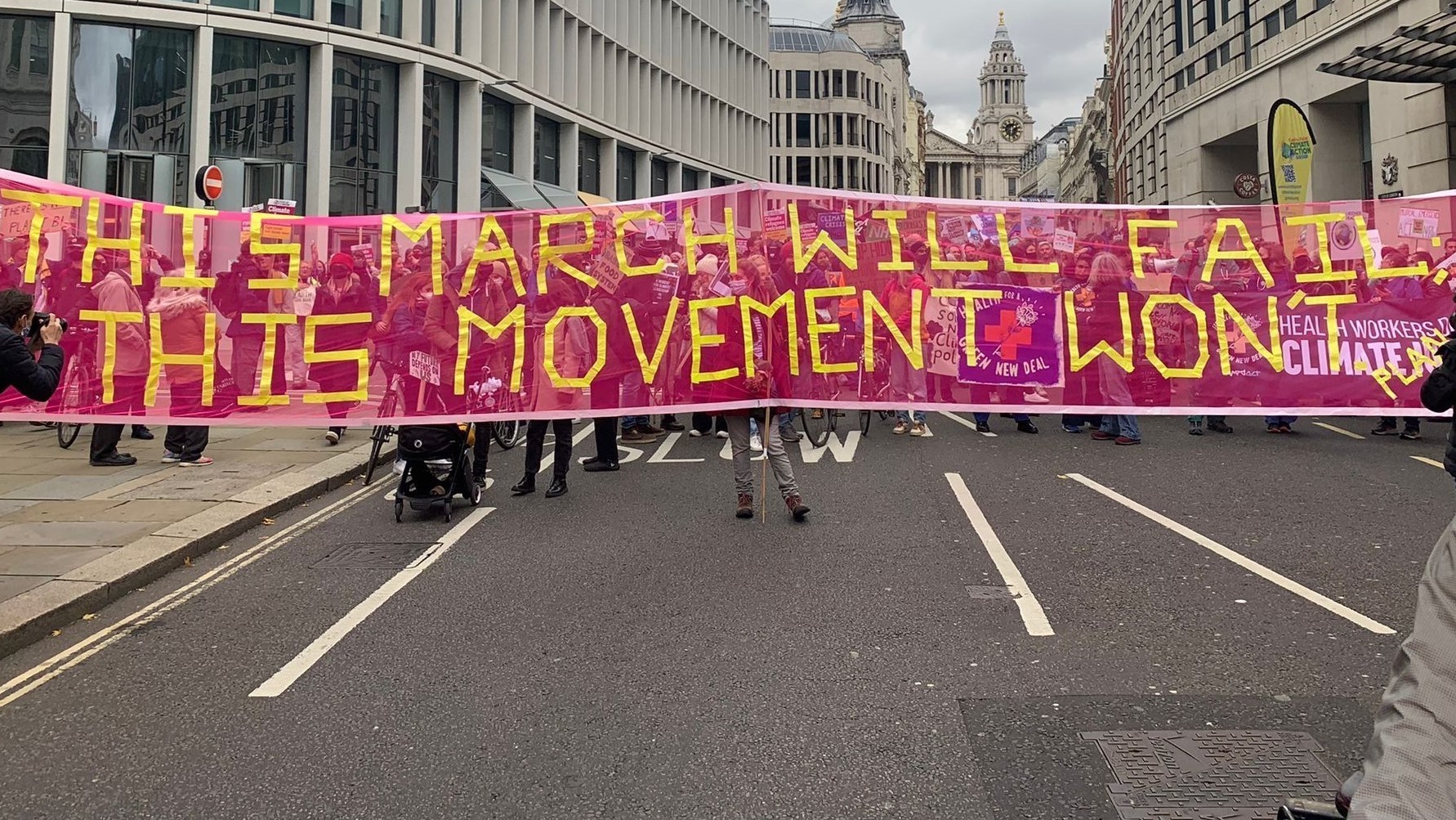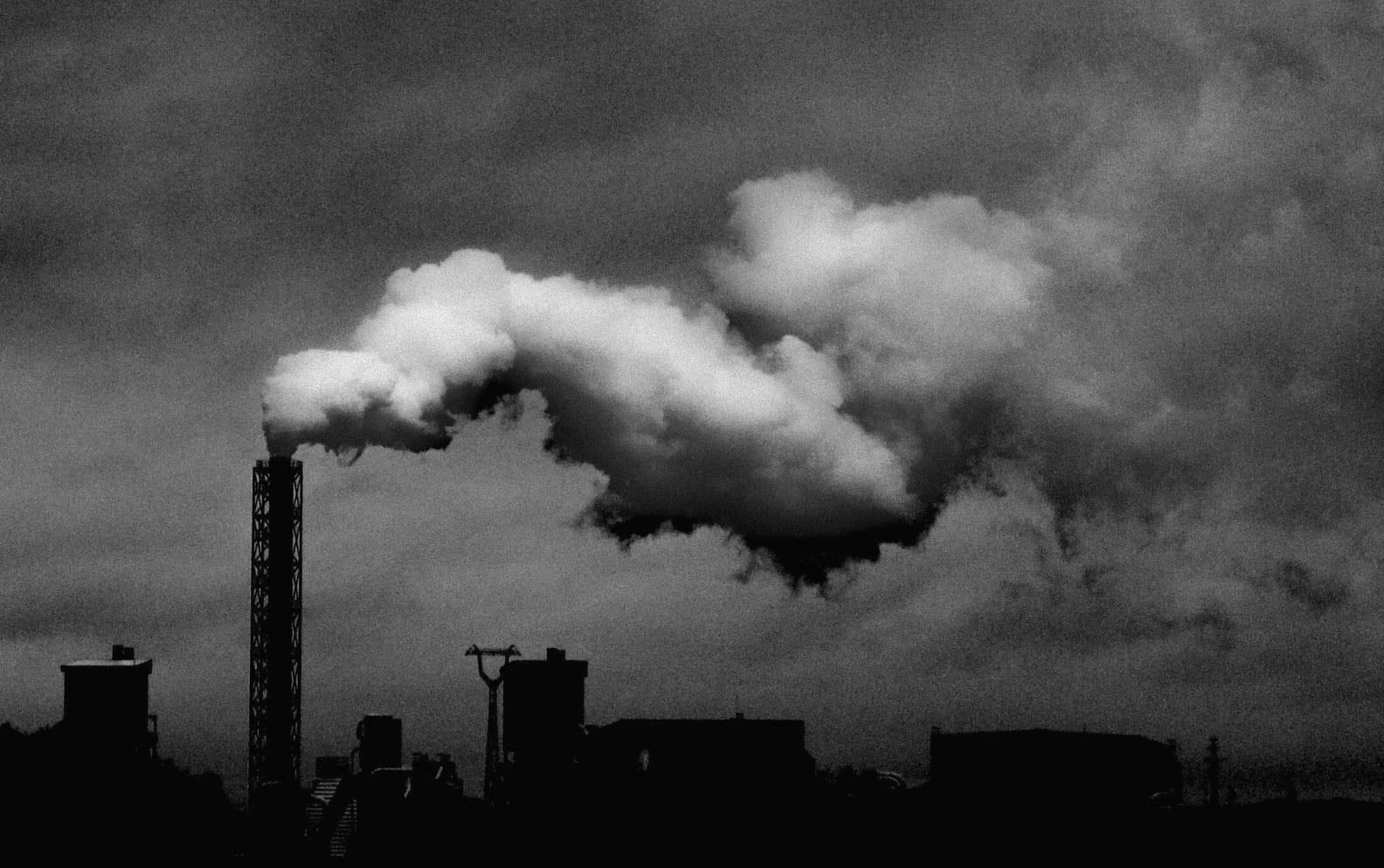By Lorenzo Feltrin, a Plan C member.
This is a book review of Quando il potere è operaio: Autonomia e soggettività politica a Porto Marghera (1960-1980) edited by Devi Sacchetto and Gianni Sbrogiò (2009, Roma: Manifestolibri). It was originally published on Toxic News.
This year marks the tenth anniversary of the publication of Quando il potere è operaio: Autonomia e soggettività politica a Porto Marghera (1960-1980), translatable as “When Power is Workers’ Power: Autonomy and Political Subjectivity in Porto Marghera (1960-1980)”. The book deals with the experience of the operaista and autonomist workers’ collectives in the industrial complex of Porto Marghera, Venice. It contains a historical account by labour leader Gianni Sbrogiò based on the Augusto Finzi Workers’ Archive,[i] a sociological analysis by Prof Devi Sacchetto based on in-depth interviews with workers and activists, the “Refusal of Work” manifesto published in 1970 by the Workers’ Committee of Porto Marghera[ii] as well as articles by intellectuals Antonio Negri, Massimo Cacciari, and Karl Heinz Roth. It also includes a DVD with the documentary “Gli anni sospesi: Movimenti e percorsi a Porto Marghera” by Manuela Pellarin.[iii] As political ecologist Emanuele Leonardi wrote: “In Italy, environmental issues became politicised through workers’ struggles, and not in spite of them. […] The paradigmatic [case was] the dispute over workplace harmfulness in Porto Marghera’s petrochemical hub, since 1969” (Leonardi 2017). The materials contained in the book under review are thus of great interest for researchers on environmental justice and the petrochemical sector. Unfortunately, the volume was published in Italian only. This review, therefore, summarises its contents to provide the core information to the English-language reader.
The industrial complex of Porto Marghera was established in 1917 in the mainland side of the lagoon of Venice. In 1955, the Milanese company Edison opened its petrochemical plant there. Production increased enormously after Edison merged with Montecatini in 1966 to become Montedison. In the mid-1960s, the industrial complex reached its peak of employment, with about 40,000 workers. The first decades of Porto Maghera were characterised by a situation of labour weakness and relative social peace, accompanied by appalling health and safety conditions (see also Zazzara 2009). In the 1960s, however, Porto Marghera became the major labour stronghold of North Eastern Italy. While the communist-led Confederazione Generale Italiana del Lavoro (CGIL) was dominant, Porto Marghera was also the main base for the activities of more radical and libertarian leftist groups, particularly Potere Operaio and later Autonomia Operaia. Quando il potere è operaio focuses on the latter groups.
In the early 1960s, a group of intellectuals based in nearby Padua, including Antonio Negri, began to collaborate with the review Quaderni Rossi, carrying out participative workers’ enquiries – called co-research – in local factories and publishing a local bulletin titled Potere operaio (Workers’ Power). These workers and intellectuals would soon become known as operaisti. These were the beginnings of a tradition of heretical and anti-authoritarian Marxism that would later gain some notoriety in Anglophone critical theory too (see Wright 2002). In 1967, Potere Operaio fully became a political organisation and a group of Porto Marghera workers founded the Workers’ Committee of Porto Marghera in connection to it. In the summer of 1968, the Workers’ Committee led a hard campaign for equal pay raises at Montedison including “checkerboard” strikes, pickets, marches, and the occupation of the Mestre train station. In 1969, Porto Marghera was – together with Milan and Turin – one of the capitals of the strike wave known as Italy’s Autunno Caldo (Hot Autumn). In 1970, the main Workers’ Committee leaders were expelled from the CGIL union. In 1972, the Workers’ Committee distanced itself from Potere Operaio (which would dissolve in 1973) to constitute the Autonomous Assembly of Porto Marghera, with its own journal, Lavoro Zero, to be later accompanied by the bulletin Controlavoro.
As Gianni Sbrogiò writes:
1968 was the year when the Workers’ Committee started to intervene decisively on the problem of the nocività (harmfulness) inherent to the products and the methods of work, starting with the VC plants (vinyl chloride monomer, chlorine compounds and derivatives), then the TDI plants (phosgene and toluene diisocyanate) and – even before that – the San Marco furnaces (acetylene from calcium carbide). […] The Workers’ Committee opposed the idea that harmfulness was unavoidable and that allowances could settle the matter, while the unions had been accepting this and negotiating on such bases for long. The slogan was “Health can’t be paid for” and we stated that harmfulness should be removed by modifying the plants and decreasing exposure to toxicity through a reduction of working hours [without wage cuts]. (p. 33)
In the 1970s, there were numerous strikes and demonstrations with explicit demands over health and toxicity, encompassing the surrounding territory. These featured the collaboration between workers and experts, particularly doctors, in studying and opposing industrial contamination. Lavoro Zero broadened the scope of analysis from the health of the workers to broader questions of the capitalist use of life and the territory, so that it has been called the first environmentalist journal in Italy (see Borio et al. 2002). Harmfulness constituted a further wedge between the unions and the autonomists. While the former included the safeguard of health in their platforms to negotiate with the employers the reform of the labour process, the latter added to this the “refusal of work”, i.e. the rejection of work ethics and the demand for an equal reduction of work time with no wage cuts as an anti-capitalist response to automation an unemployment.
With the 1973 economic crisis, Porto Marghera entered a process of restructuring and downsizing that would erode workers’ militancy, first in a slow manner and precipitously since the end of the 1970s. In the decades following the period covered by the book, Porto Marghera underwent a steady decline, so that today less than 1,000 workers are employed in its petrochemical industries. A group of Montedison and Enichem managers would be tried in one of Italy’s most famous environmental justice trials with the accusation of knowingly neglecting CVM’s toxicity, despite being informed of it since 1972, causing the death of at least 157 workers.[iv] On 2 November 2001, the first sentence acquitted all defendants, while the final sentence in 2006 had some light convictions. In 2002, a large explosion in Dow Chemical’s TDI plant (where phosgene was also stored) spurred an environmentalist movement against hazardous chemical production in the area. In 2006, a consultative citizens’ referendum voted with an 80% majority against the permanence of the chloride cycle in Porto Marghera. In the same year, Dow Chemical divested from its plant in the area.
Quando il potere è operaio is a precious documentation of a landmark – if scarcely known outside of Italy – instance of working-class environmentalism. If today the so-called “employment blackmail” – i.e. the notion that the workers of toxic factories should leave health and environmental concerns aside to protect their income – is more effective than in times of quasi-full employment, this experience, and the theoretical elaborations that surrounded it, is still important for those who think that class and environmental politics should go together rather than being at odds with each other. Particularly interesting in this respect is the work of operaista feminists like Mariarosa Dalla Costa and Leopoldina Fortunati (see Dalla Costa 2019; Fortunati 1988), whose activism was immersed in the working-class communities of the area. Their expansion of the notion of work and working class and their theorisation of power at the point of reproduction provide an invaluable toolbox to analyse in class terms today’s community struggles against toxicity. Quando il potere è operaio is also a crucial document to understand the social context in which such perspective emerged.
Bibliography
Borio, Guido, Francesca Pozzi, and Gigi Roggero, 2002, Futuro anteriore: Dai «Quaderni rossi» ai movimenti globali, ricchezze e limiti dell’operaismo italiano, Roma: DeriveApprodi.
Dalla Costa, Mariarosa, 2019, Women and the Subversion of the Community: A Mariarosa Dalla Costa Reader, Oakland (CA): PM Press.
Fortunati, Leopoldina, 1988, The Arcane of Reproduction: Housework, Prostitution, Labor and Capital, New York (NY): Autonomedia.
Leonardi, Emanuele, 2017, Lavoro, natura, valore: André Gorz tra marxismo e decrescita, Napoli-Salerno: Orthotes.
Pirastu, R., M. Baccini, A. Biggeri, P. Comba, 2003, “Epidemiologic Study of Workers Exposed to Vinyl Chloride in Porto Marghera: Mortality Update”, Epidemiologia e prevenzione, 27(3), pp. 161-172.
Wright, Steve, 2002, Storming Heaven: Class Composition and Struggle in Italian Autonomist Marxism, London: Pluto Press.
Zazzara, Gilda, 2009, Il petrolchimico, Padua: Il Poligrafo.
[i] Augusto Finzi (1941-2004) was a leader of the Workers’ Committee and of the Autonomous Assembly. Born of a Venetian Jewish family, he spent part of his childhood in a refugee camp in Switzerland to escape the holocaust. The Augusto Finzi Archive was created in 2006 and is hosted by the Marghera public library.
[ii] An English translation of the manifesto can be found here: https://libcom.org/library/refusal-work-workers-committee-porto-marghera-1970 (retrieved 8 May 2019).
[iii] Another documentary on the topic, with English subtitles, is “Porto Marghera: The Last Firebrands” (2004) by Manuela Pellarin and Enrico Soci. It is available on YouTube: https://www.youtube.com/watch?v=CiplVIxrgdc (retrieved 8 May 2019).
[iv] Later research has shown that at least 248 Montedison/Enichem workers died (especially by liver cancer) as a result of exposure to vinyl chloride monomer (Pirastu et al. 2003).





